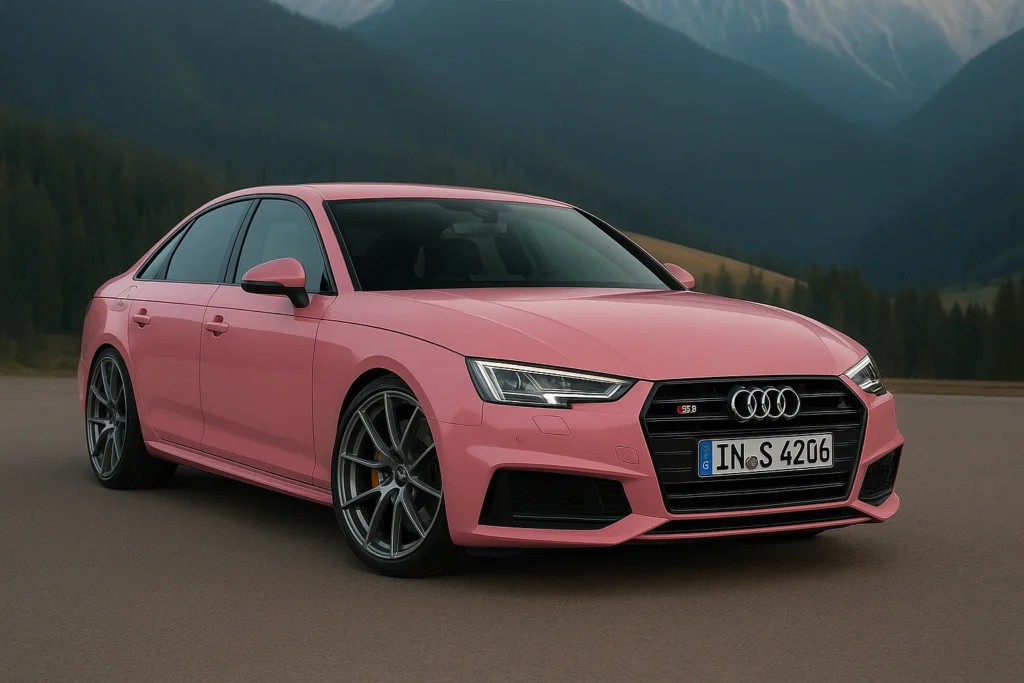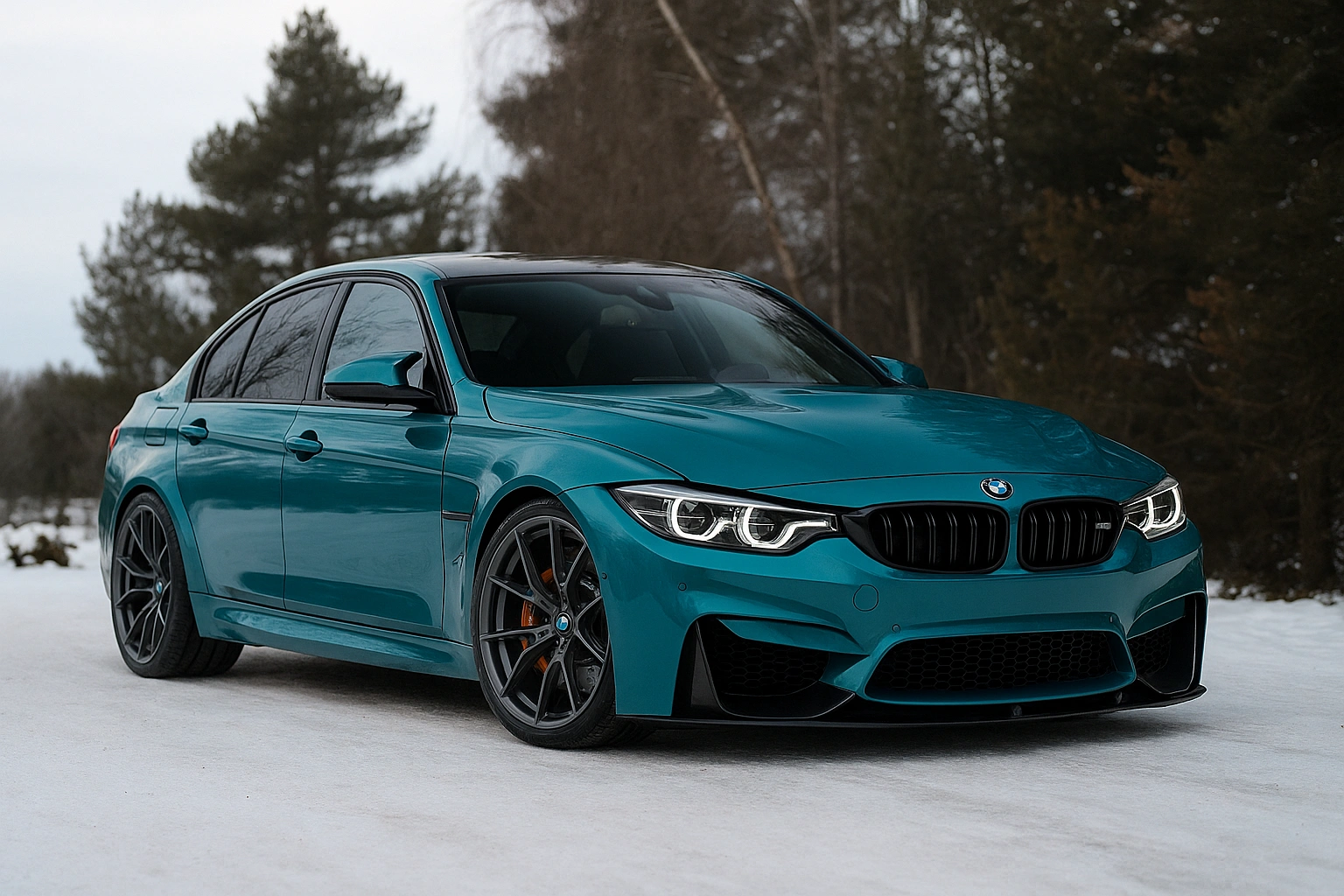Introduction
Can you wrap a car in winter? This is a common concern for USA car owners, detailers, and fleet managers who want vinyl wrap installations year-round. While car wraps can be installed in cold weather, temperature and prep work play a critical role in ensuring adhesion and durability. Below, we’ll answer the most searched People Also Ask (PAA) questions around winter car wrapping to help you decide the best approach.
Key Takeaways
- Car wraps can be installed in winter, but temperature control is critical.
- Cold weather requires heated indoor environments for best adhesion.
- DIY winter installs are riskier than professional ones.
- Winter conditions also affect wrap maintenance and longevity.
- Always consider wrap finish options like gloss vs matte vs chrome before installation.

Vinyl Wrap FAQs (People Also Ask)
Yes, you can wrap a car in cold weather, but only if the installation area is properly heated. Vinyl adhesive performs best between 65°F-75°F. If applied outdoors in freezing temperatures, the wrap may not bond correctly and can peel prematurely. That’s why most USA installers recommend controlled indoor environments. If you’re considering doing it yourself, review our guide on DIY vs professional car wrap installation before starting.
Yes, cold weather reduces vinyl flexibility and adhesive strength. In freezing conditions, the material becomes brittle, making stretching and contouring difficult. Professional installers use heat guns and warm garages to keep wraps pliable. For long-lasting results, it’s best to schedule installation in a climate-controlled shop. After wrapping, follow our vinyl wrap maintenance tips to protect your car through winter.
Professionals wrap cars indoors using heaters and infrared lamps to maintain consistent temperatures. They also pre-warm both the vinyl film and the vehicle surface for better adhesion. Shops like VinylWrapRo in the USA specialize in handling seasonal challenges, ensuring your wrap lasts just as long as a summer install. Learn more about the step-by-step car wrap installation process here.
Not always. If you have access to a certified wrap shop with climate control, winter installations are just as reliable as spring or summer. However, if you only plan to install outdoors, waiting until temperatures rise above 65°F is safer. Before deciding, consider your preferred style, see our guide on Gloss vs Matte vs Satin vs Chrome: Which Finish Should You Choose?.
Yes, high-quality vinyl wraps are designed to handle USA winters, including snow and ice. However, salt, de-icing chemicals, and frozen slush can shorten wrap life if not cleaned regularly. Hand washing with mild soap is essential during winter months. For durability insights, check out how long vinyl wraps last.
Absolutely. DIY installations are already challenging, but cold weather adds extra risk of bubbles, lifting, and poor adhesion. Without access to a heated garage, most DIY wraps will fail in winter. That’s why experts recommend professional installation, read our full guide on DIY vs professional car wrap installation to compare both options.
Winter wrap care requires frequent cleaning to remove salt and grime. Avoid automatic car washes with harsh brushes, as they can lift edges in cold conditions. Instead, use hand washing and drying methods. For complete care tips, visit our vinyl wrap maintenance guide. Proper care ensures your winter-installed wrap looks new all year long.
Final Thoughts
So, can you wrap a car in winter? Yes, if it’s done under the right conditions. With climate-controlled facilities and professional expertise, winter wraps perform just as well as those installed in summer. For a step-by-step breakdown, see our car wrap installation process guide.
Want to explore more? Check out related clusters like DIY vs professional car wrap installation to decide the best option for your vehicle or fleet.At VinylWrapRo, we provide USA car owners and fleets with expert resources and guides to make every wrap installation a success.

